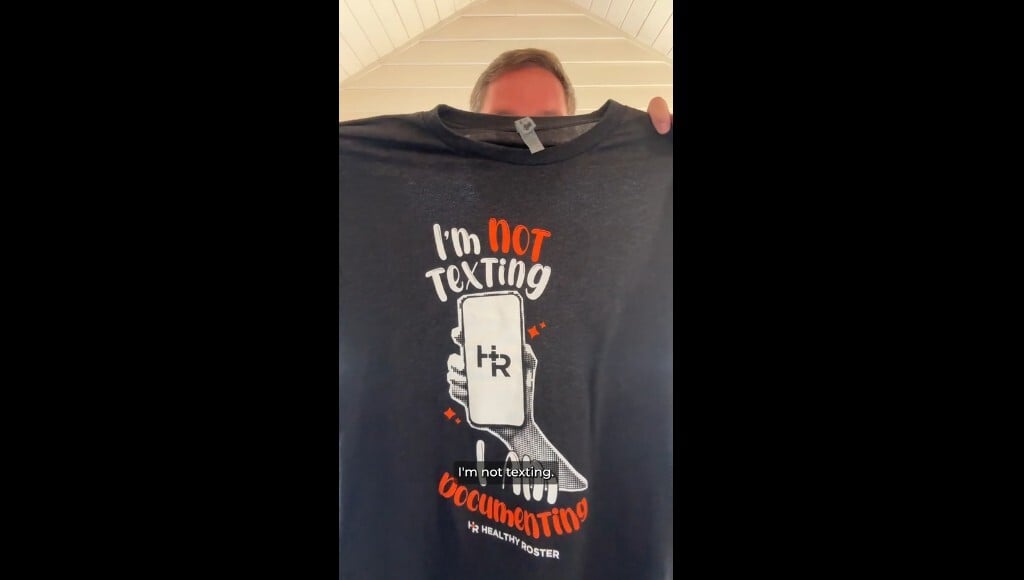New Study on Revolutionizing Plantar Fasciitis Treatment
 Plantar fasciitis (PF), a debilitating condition marked by intense heel pain, impacts many athletes, often limiting their daily activities.
Plantar fasciitis (PF), a debilitating condition marked by intense heel pain, impacts many athletes, often limiting their daily activities.
 It occurs due to damage to the plantar fascia ligament, a vital tissue that supports the foot's arch and functions like a shock absorber.
It occurs due to damage to the plantar fascia ligament, a vital tissue that supports the foot's arch and functions like a shock absorber.
Traditional treatments for PF range from pain management with anti-inflammatory drugs to more advanced therapies like extracorporeal shock wave therapy (ESWT).
However, ESWT, despite its effectiveness, comes with downsides, including high costs and potential for increased pain sensitivity, especially in chronic cases.
Addressing this challenge, Dr. JongEun Yim, Associate Professor of Physical Therapy and Director of the Active Aging Research Center at Sahmyook University in Seoul, South Korea, spearheaded a study exploring an innovative treatment combination for PF. The research, published in the Journal of Rehabilitation Medicine, tested the efficacy of local vibration (LV) in conjunction with ESWT.
Prof. Yim explained:
"PF is a common and painful orthopedic ailment affecting many individuals. However, there are limited therapy options available at present. This motivated me to study novel PF treatment options that can be more effective and contribute to improved patient outcomes."
The study involved a randomized controlled trial with 34 participants divided into two groups. One group received a combination of LV and ESWT, while the other underwent ESWT alone.
Over a 5-week treatment period, the researchers assessed several parameters, including plantar fascia thickness via ultrasonography and plantar-heel pain and foot function through a questionnaire.
The findings were significant. The combination of LV and ESWT proved more effective in reducing the thickness of the plantar fascia and alleviating heel pain compared to ESWT alone.
This novel approach, integrating the cost-effective and portable LV devices with ESWT, presents a promising treatment protocol for PF.
This study not only introduces a new therapeutic intervention for PF but also signifies a step forward in reducing the burden of heel pain for many sufferers, paving the way for more accessible and efficient treatment options.
Read the full study here!
![HR Logo [Recovered]_Full Color Vertical-1](https://blog.healthyroster.com/hs-fs/hubfs/HR%20Logo%20%5BRecovered%5D_Full%20Color%20Vertical-1.png?width=199&height=178&name=HR%20Logo%20%5BRecovered%5D_Full%20Color%20Vertical-1.png)
 By
By


